
Do you remember learning how to write when you were in school? If you’re like me (and most other teachers of, ahem, a certain age), the answer is probably a resounding, “No. Not one bit.” That’s because we didn’t actually have writing lessons back then. At least not in elementary school. Instead, we had writing journals.
Usually these were black and white composition books, or maybe a spiral-bound notebook, and each day during writing time you’d get to write about whatever popped into your head. Maybe it was what you had for a breakfast, a fight with your best friend, or your favorite TV show. Or, maybe your teacher gave you a writing prompt a couple of times a week, but there was very little direction.
I’ll be honest . . . I loved writing journals when I was a kid. I loved to write. And having free writing time was my favorite part of the school day.
When I became a teacher, I too used writing journals to “teach” writing. After all, I didn’t learn how to teach writing in college. So writing journals were all I really knew.
But sadly, I saw that writing journals weren’t actually helping my kids become better writers. Here’s why – writing journals don’t actually teach kids anything about writing.
Writing journals don’t help reluctant writers.
Sure, writing journals are great fun for kids who already love to write. But they don’t help struggling writers at all. When left to come up with a topic on their own, reluctant writers will spend the whole time trying to think of something to write about, and they won’t even finish a sentence before writing time is over.
Providing a writing prompt is no better. Kids don’t like being told what to write about. And so many prompts, even ones we think are universal, aren’t. “Tell me about your favorite vacation,” doesn’t work for a child who has never been on vacation. Or “Write about your favorite pet,” isn’t helpful for a child who has never had a pet or is afraid of animals.
Even if kids are familiar enough with a topic to write about it, they may not be invested in it. Students are much more motivated to write and write more when they can choose the topic. But they need to be taught how to generate topics – not just told, ”Okay, get out your writing journal and write for fifteen minutes.”
Writing journals only benefit the students who already are good writers and love to write. Struggling writers will continue to make the same errors in their journals or not even write at all because they feel a lack of confidence or don’t know what to write.
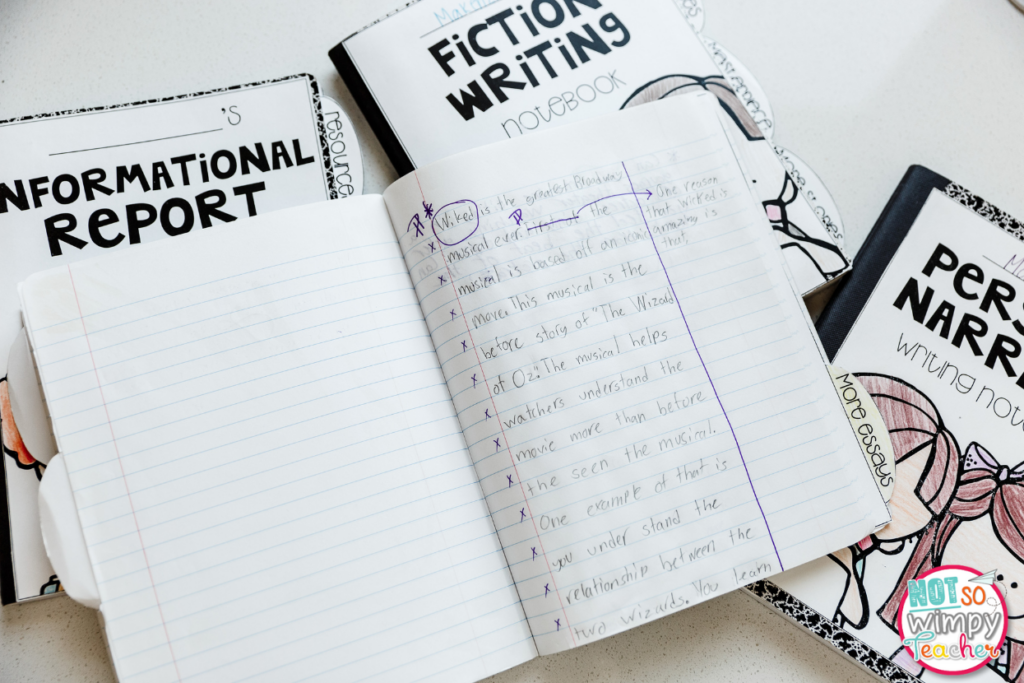
Writing journals don’t teach writing skills.
Assuming all your students can figure out something to write about, writing journals still don’t teach them any writing skills. Without lessons on what makes a good personal narrative or how to support your opinion with reasons and examples, many kids will just write anything that pops into their head.
Most writing journals read like a stream of consciousness. There is no planning, no story development, and no elements that make writing interesting to read. But you can’t blame them, because they haven’t been taught how to do this.
Writing journals are time-consuming to grade.
If you’ve ever carried home a stack of writing journals, you know what I am talking about. If each student is writing in their journals every day, that’s over one hundred pieces of writing to grade every week.
It’s hard to offer helpful feedback on this volume of writing. And so many teachers don’t.
When I was in school, my teachers just flipped through the journal on a weekly or monthly basis to make sure we were writing. But they didn’t actually read anything we wrote. Over time, kids catch on to this and lose their motivation to write. If the teacher isn’t going to read it anyway, why bother?
In addition, when you don’t read their entries closely, you have no idea what writing skills they are doing well or where they need help. Therefore, kids never develop any new writing skills.
Writing journals reinforce bad writing habits.
Without explicit instruction on how to write different genres of writing students will keep making the same mistakes over and over again. If we want students to develop good writing skills, we need to explicitly teach them how to write. And we have to provide ample opportunities to practice with constructive feedback. Writing journals don’t offer these opportunities.
Writing journals don’t teach the writing process.
Good writing doesn’t happen overnight. It takes a lot of time. Students have to work with the same piece of writing over the course of many days or weeks before it is finished. They need to learn patience and persistence.
With writing journals, students start a new piece of writing every day. This does not give them the time to revise or edit their writing.
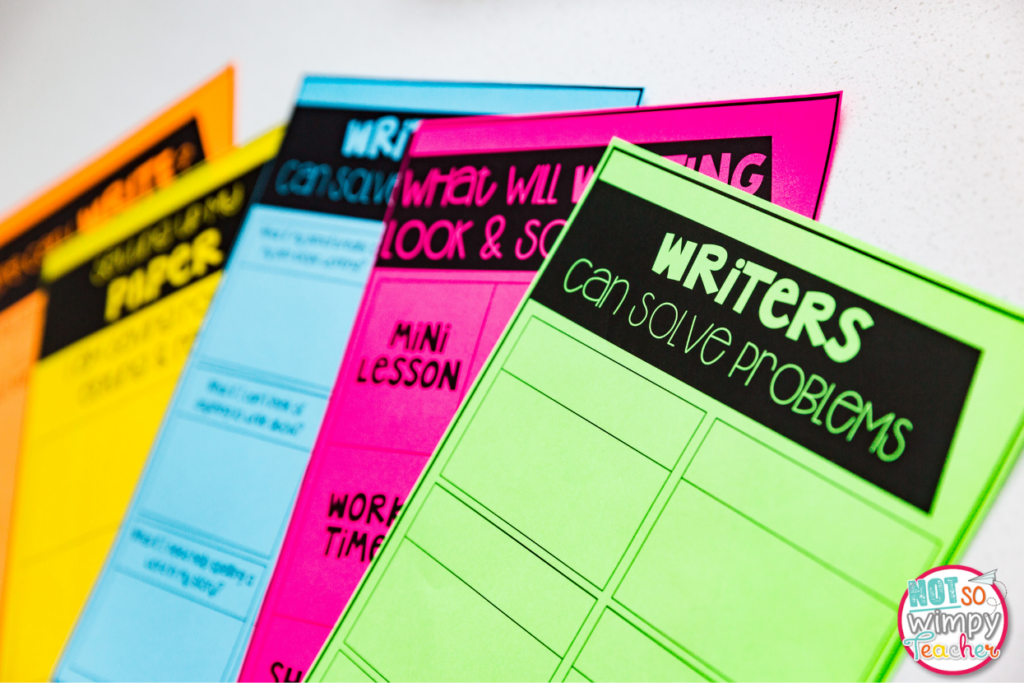
A better way to teach writing
After a lot of terrible writing assignments, tears, and trial and error, I figured out a better way to teach writing. And when I started implementing writing workshop in my classroom, I was amazed at the transformation in my students. Not only did they become better, more confident writers. They actually became kids who loved to write.
These strategies worked for me. And I know they will work for you, too. I taught writing Monday through Thursday and followed the same routine every day.
Mini Lesson
This is where the magic happens. This is the part of the lesson where you actually teach kids HOW to write. During the mini lesson you will introduce and model the writing skill that you want the students to learn.
For instance, you might be teaching students how to generate topics for a writing assignment. This is such an important lesson. Kids write better when they get to choose the topic. But without some clear guidance on how to pick a topic, half your class will spend the entire writing time staring out the window.
In this lesson, you can introduce two strategies for picking a topic. If you were working on information reports, the strategies might be “make a list of things you know a lot about,” and “make a list of something you want to know more about.” Then, you can model how to use these strategies by making lists of your own. Finally, you can have kids practice this skill by picking one strategy and creating their own lists.
In subsequent lessons, you can teach students how to write interesting leads, research information, use facts in their reports, and more. This approach is much different than telling them to write an informational essay and hoping for the best.
Not sure what lesson to teach in writing? I’ve put together a FREE guide of all lesson ideas for 4 different genres. You can grab it here.

Bite-size writing assignments
After you’ve introduced a new writing skill, it’s time to practice. Each day, you should assign students one brief writing task. It might be:
- Generate two different leads using the strategies we talked about today and circle the one you like best.
- Write three sentences using dialogue tags at the end.
- Craft an interesting lead using a question.
This is an important part of the writing process. It allows students the opportunity to practice a new skill in a manageable way. Even your struggling writers can write one or two sentences each day. As they become successful at these small daily assignments, their writing confidence will grow.
It might take a little bit longer to finish a piece this way. But good writing takes time. Just ask anyone who has ever written a book. This method not only ensures that your students are developing skills and growing as writers but also shows them how to patiently work on a piece to make it better.
Group Conferences
Another important part of developing your students’ writing skills is constructive feedback. But it can take a long time to read and grade all those papers every night. And after-the-fact feedback is often demoralizing to kids who worked really hard on their masterpieces.
Feedback during the writing process is much more helpful to kids. However, meeting with individual students to discuss their writing takes a long time.
That’s where group conferences come in. With group conferences you can meet with a bunch of students at one time. During your meeting time, you can reteach a tricky still or offer an extension lesson if your students are ready for it. You can also have students read aloud just one small portion of their masterpiece to the group. You can offer constructive feedback in a timely manner.
Students really benefit from these regular conversations about their writing. And they can take that feedback and make changes before submitting a finished piece.
The writing workshop method with mini lessons, bite-sized writing tasks, and regular feedback provides much more structure and support to develop writing skills.
Ready-to-Use Writing Lessons
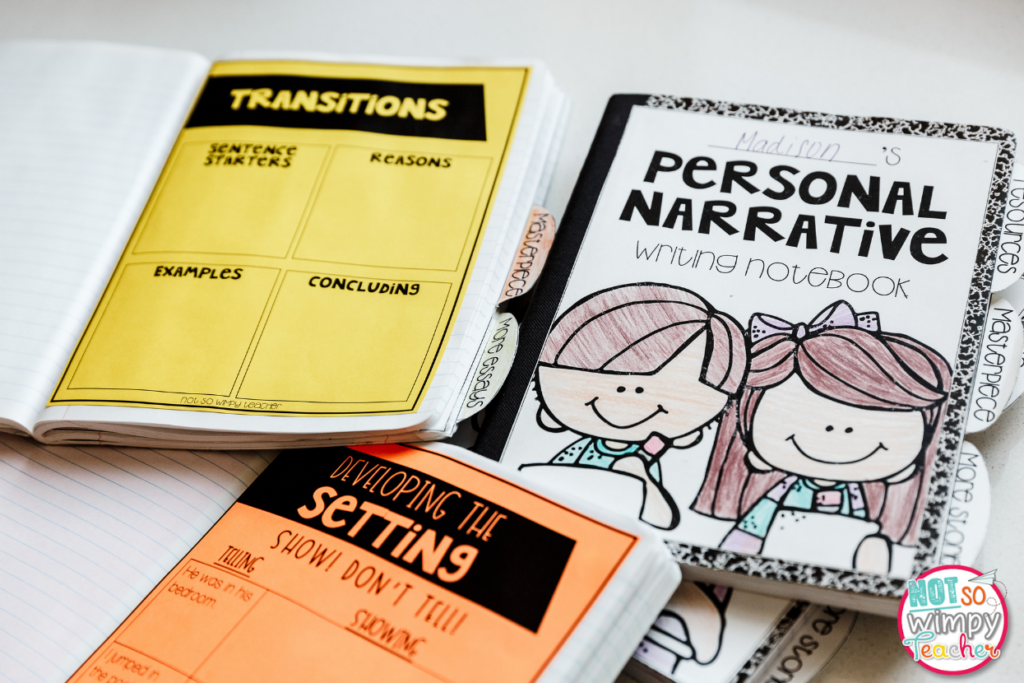
If all that sounds good but the thought of putting together all of those writing lesson has you cowering in the corner, I’ve got great news! I’ve created a full year of writing curriculum for grades 2-5.
Each year long bundles included lessons for four different writing genres: personal narrative, informational report, opinion essay, and fiction. There are 32 weeks of lesson plans, including mini lessons, anchor charts, students printables, task cards, and more!! Everything you need to finally teach writing all ready to go!
Shop This Post
How to use writing journals in the classroom
“But Jamie . . . I loved writing journals as a kid! Are you saying I can’t use them in the classroom at all?”
No. I’m not saying that. If you loved writing journals then, and still love them now, you don’t have to abandon them completely. There are ways you can teach writing and still use writing journals.
Here are some ideas for how a writing journal can supplement your writing instruction:
- Try a Friday Journal: Kids can write letter home every Friday telling their families what they learned during the week. Families can write back if they choose
- Use a writing journal as morning work one day a week.
- Provide journal prompts as a Fast Finisher activity.
- Keep a journal to respond to readings to science, social studies, or even reading.

Have a Not So Wimpy Day,


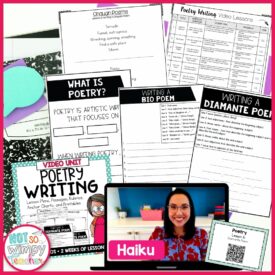



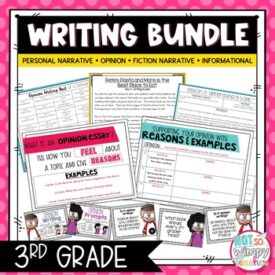

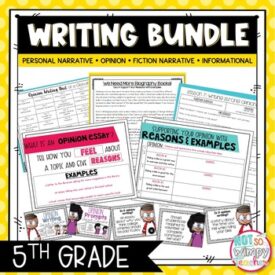

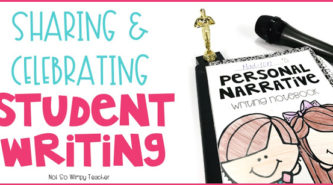

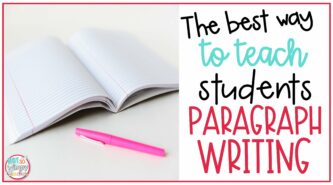











 End of Year Carnival Week for grades 2-5!
End of Year Carnival Week for grades 2-5!
Leave a Comment